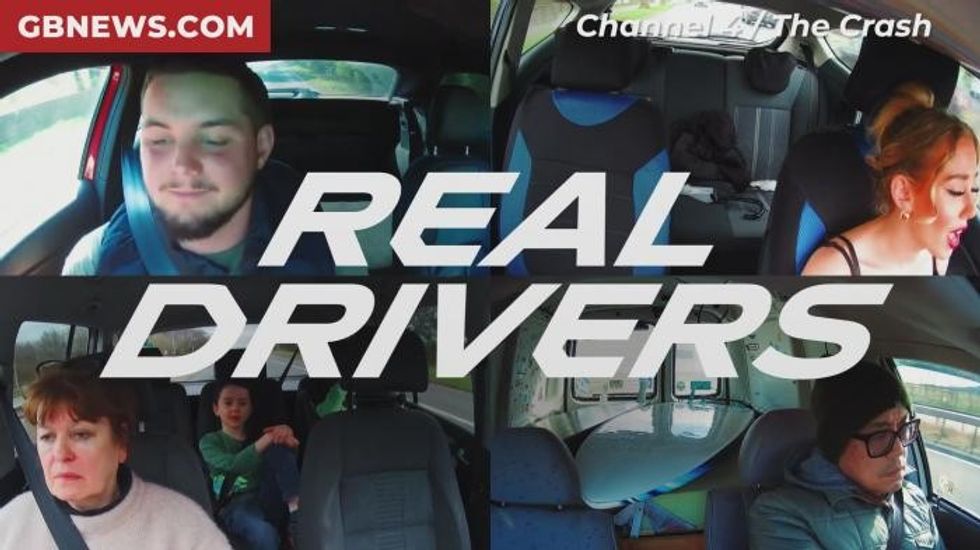A new TV experiment will aim to recreate what happens to cars in a real-life motorway crash involving eight vehicles and a 30-tonne HGV to better understand the impact of such accidents.
Channel 4 is launching a new programme which looks to develop the knowledge around motorway pile-ups to help researchers identify how safety systems fare and why some passengers survive, and some don’t.
It comes as data suggests that nearly 20 per cent of all motorists killed in 2020 died in crashes that involved three or more vehicles.
Further research from the Department for Transport revealed that someone is killed or injured on British roads every 16 minutes on average.
Do you have a story you’d like to share? Get in touch by emailing [email protected]
Professor James Brighton, alongside his team from Cranfield University’s Advanced Vehicle Engineering Centre, has designed a crash scenario involving eight cars and a 30-tonne HGV entering their lane.
The crash test will involve eight vehicles including a hybrid (Toyota Prius), convertible (Porsche Boxter), hatchback (VW Golf GTI), pick-up truck (Ford F-150), executive saloon (Audi A8), people carrier (Dodge Grand Caravan), SUV (Mercedes ML) and a white van (Vauxhall Vivaro).
Using a former RAF base on the west coast of Scotland, researchers have recreated a standard two-mile section of motorway, with white lines, a hard shoulder and varioguard barriers.
Four members of the public have been selected to use remote “pods” to control the track cars. The scenario will see the vehicles driving along the motorway, while a lorry driving the opposite way will swerve across the central reservation into the lane.
To get a real reaction from the contestants, they were not told about the true aim of the experiment, with the four people believing it was to improve motorway safety.
One of the contestants, Lynn, 66, said: “I see all these young people on the motorway whizzing down, I mean it’s absolutely ridiculous the way some of them drive – it really does annoy me… especially young men.”
Meanwhile, another motorist, Luke, 26, admitted that he was “more of a boy racer”, noting that he loved “driving really fast when it is safe to do so”.
US Crash analysis expert, Dr Janet Bahouth, who is conducting the experiment, said: “My main interest will be looking at the damage of the vehicle and to see how that influenced the survivability of the crash and learn from that so that tomorrow somebody else can benefit from it.
LATEST DEVELOPMENTS:
Chinese-owned car brand to axe popular model in bid to go all-electric – ‘End of an era’Motorists to see delays this weekend as major events cause thousands of drivers to block roadsDriving law changes could see Britons reported to DVLA for failing eye tests as MP calls for urgent action
“Automotive manufacturers would love to be able to design against multiple impacts for one vehicle. It’s difficult, though, because you can’t have an airbag deploy twice.
“The seatbelt in conjunction with the airbag is really the best combination. And then from there, the safety structures of the vehicle, keeping the occupant compartment intact.”
Crash investigator Marcus Rowe, who did not witness the crash, was tasked with working out what happened by collecting forensics from the scene.
The experiment revealed that crash forensic investigation is generally “highly accurate”, including a “one-in-a-million” occurrence which saw a car career under the lorry.
It noted that crumple zones are effective, with the electric battery inside the Toyota Prius remaining intact, while some lives would have been saved in the event of a real crash.
The experiment used more than 90 cameras, including GoPros and drones, to capture the staged motorway pile-up.
Pile Up – World’s Biggest Crash Test airs Sunday, June 15, at 9pm on Channel 4.
